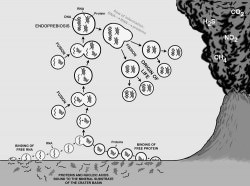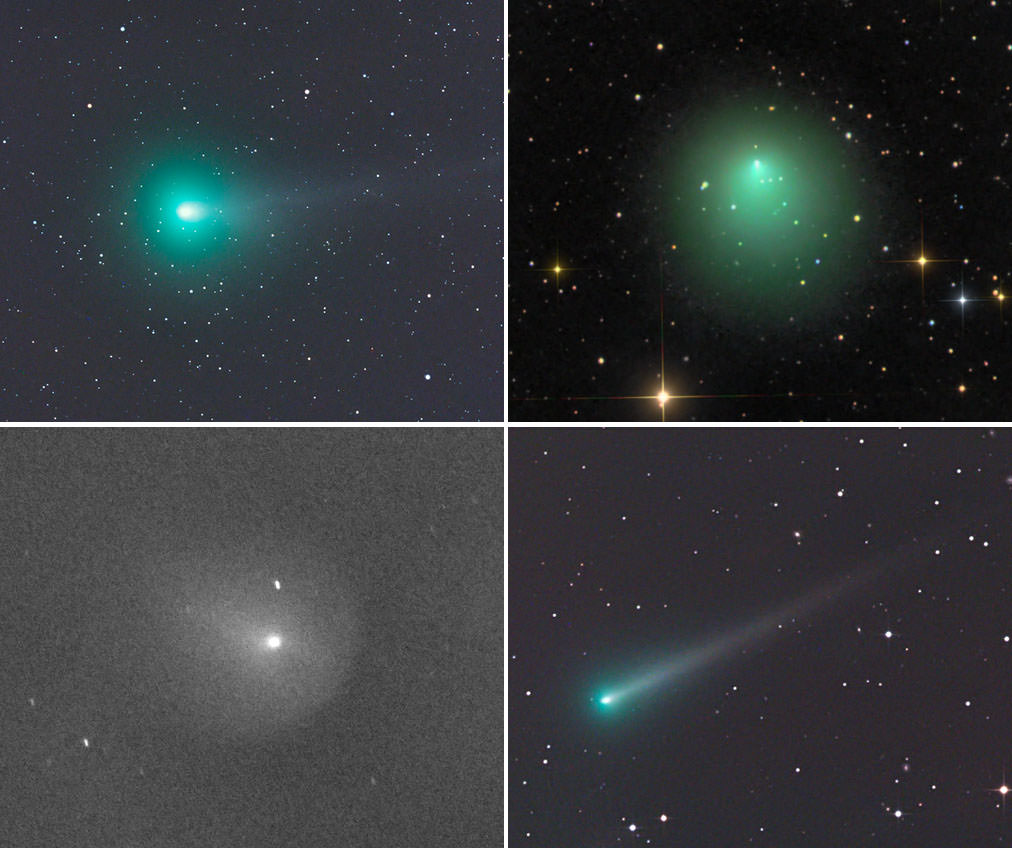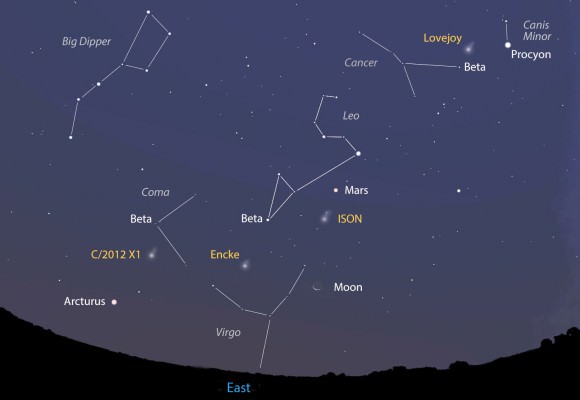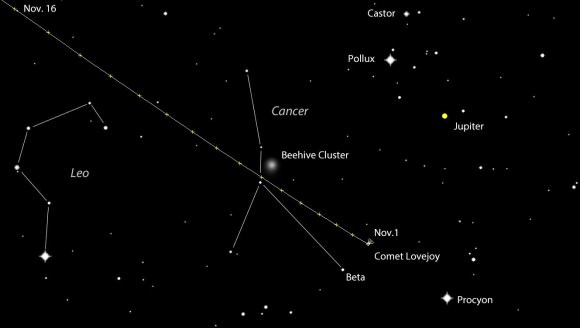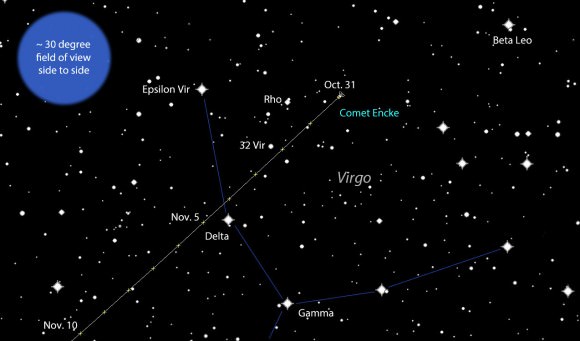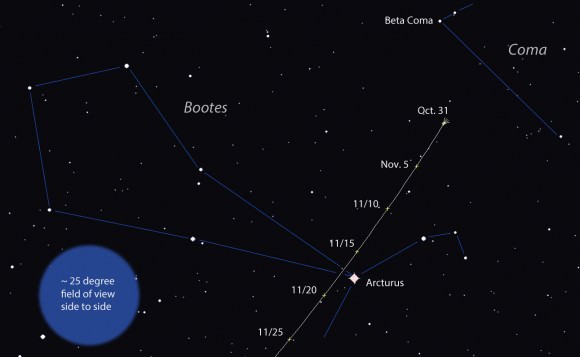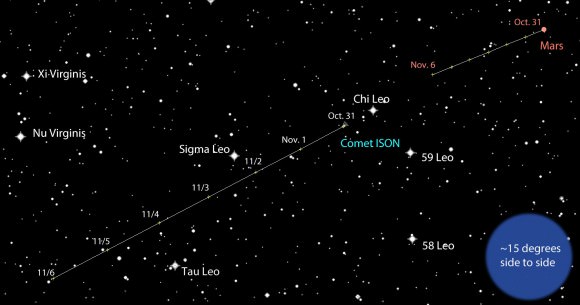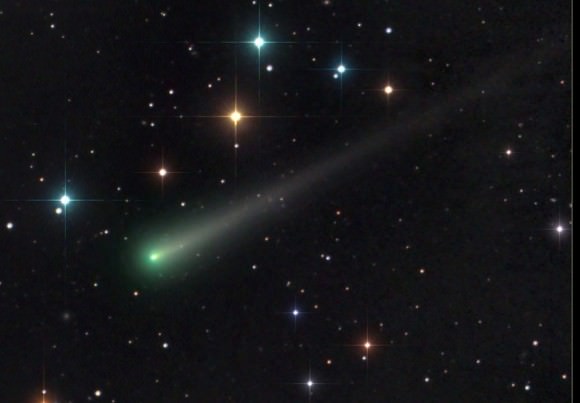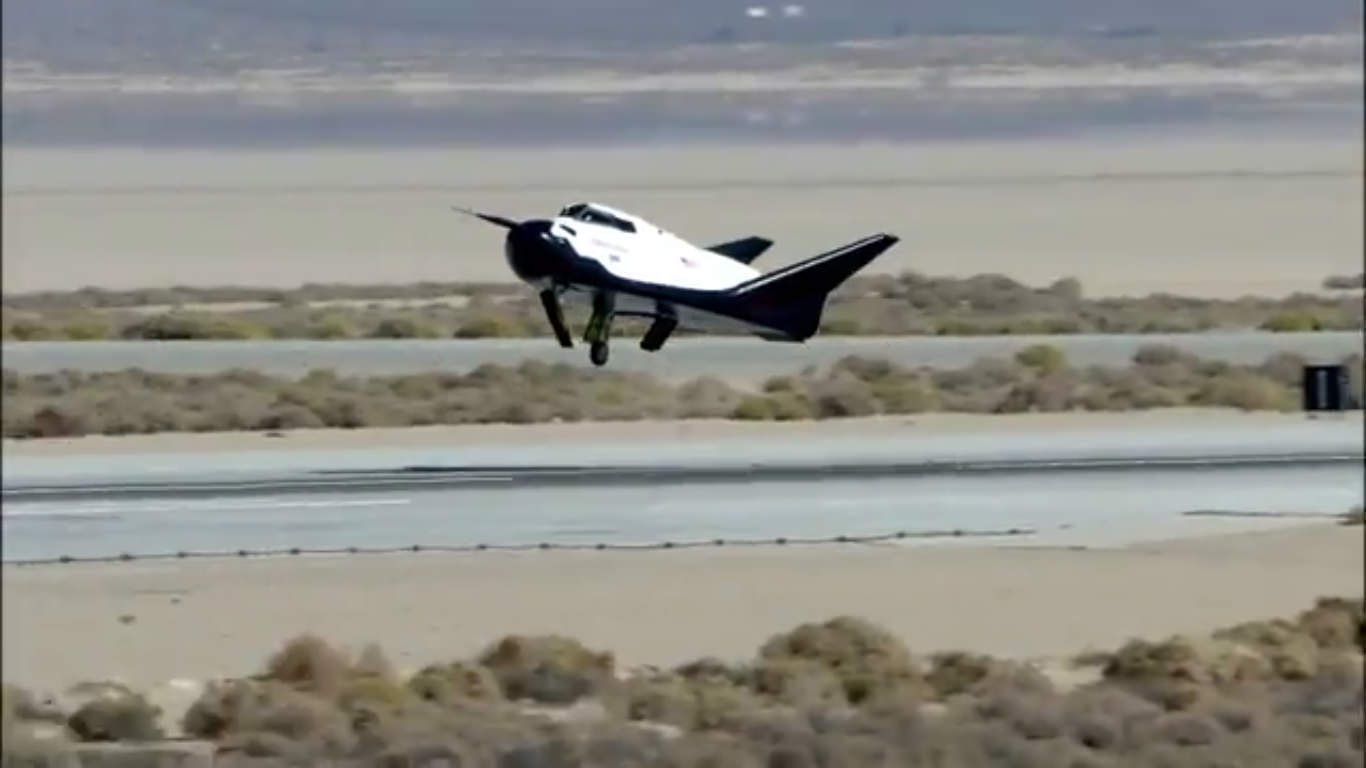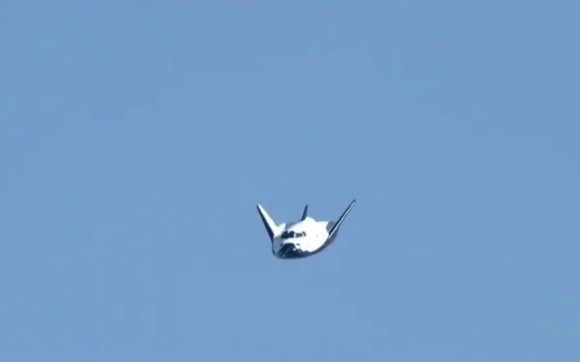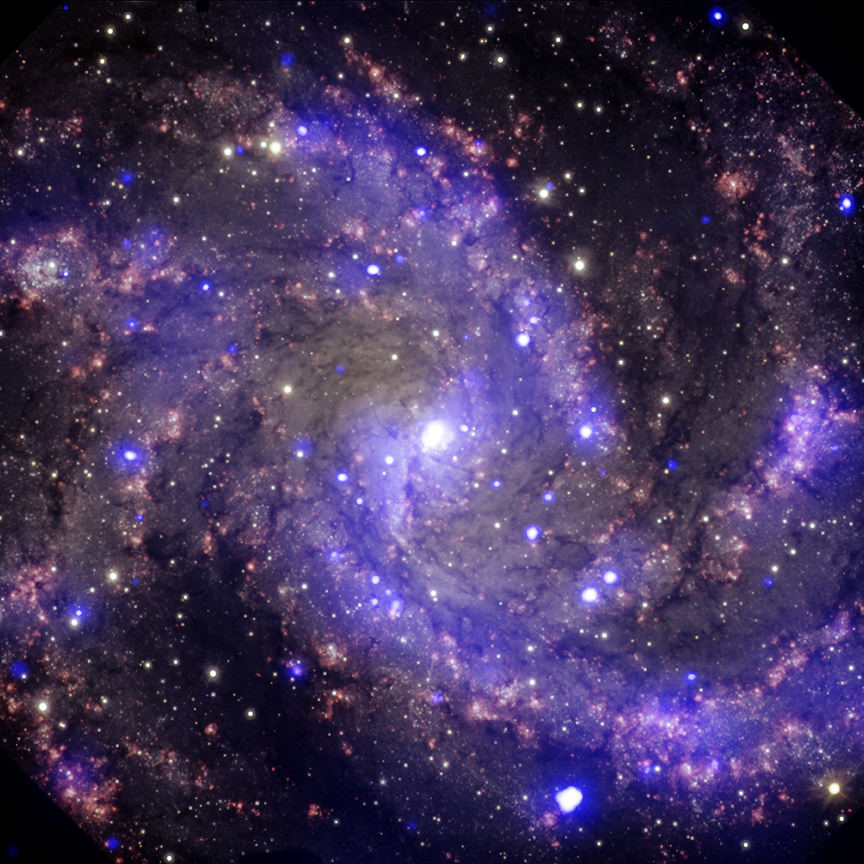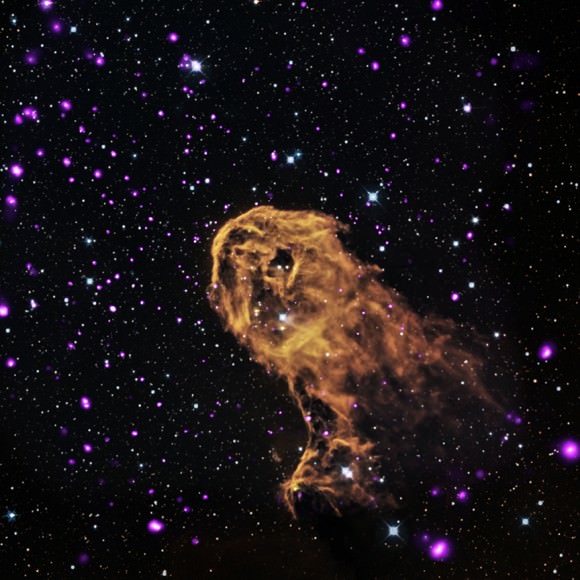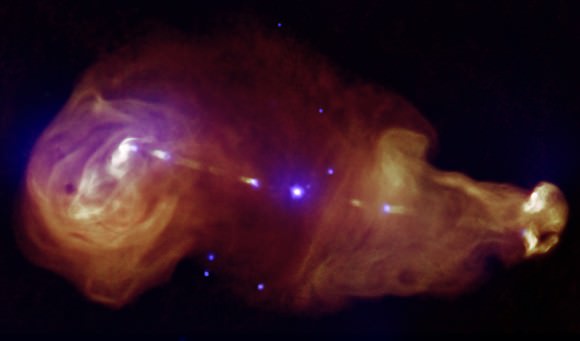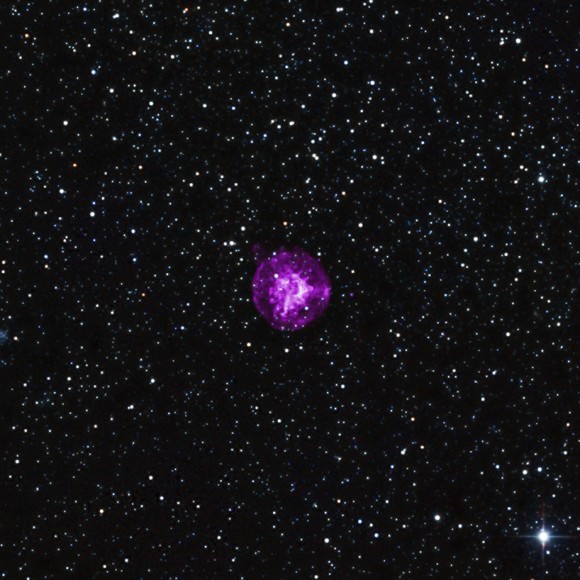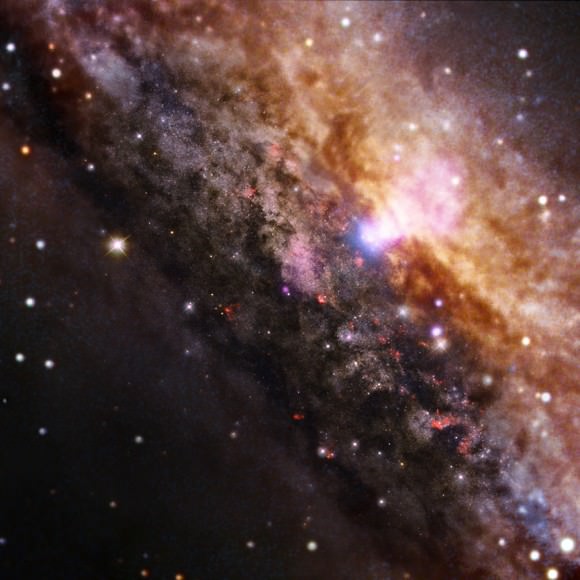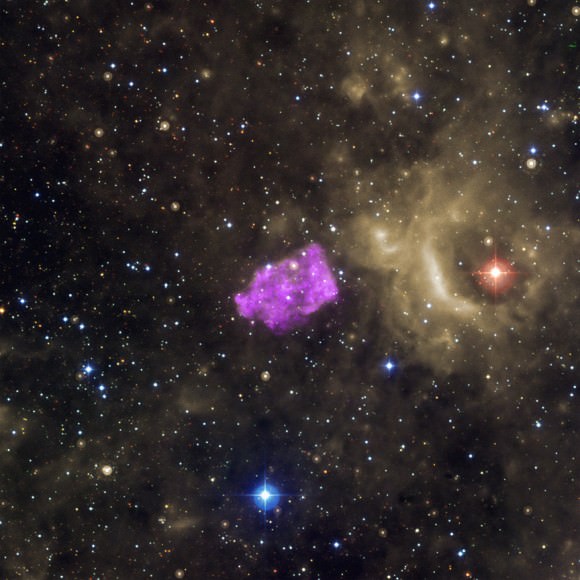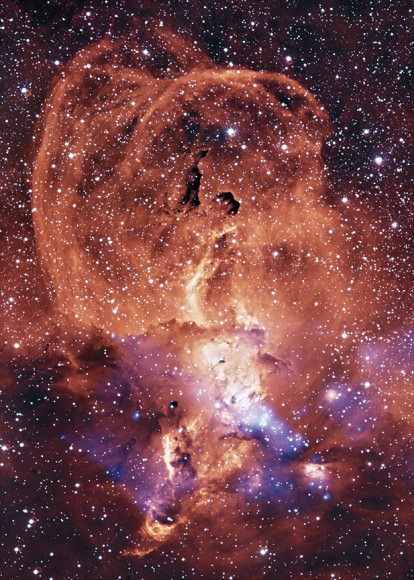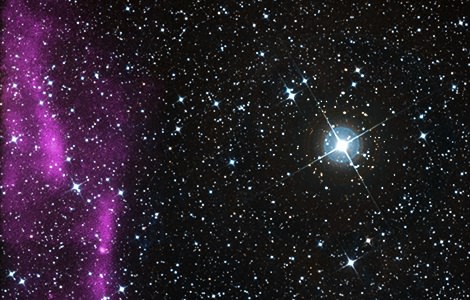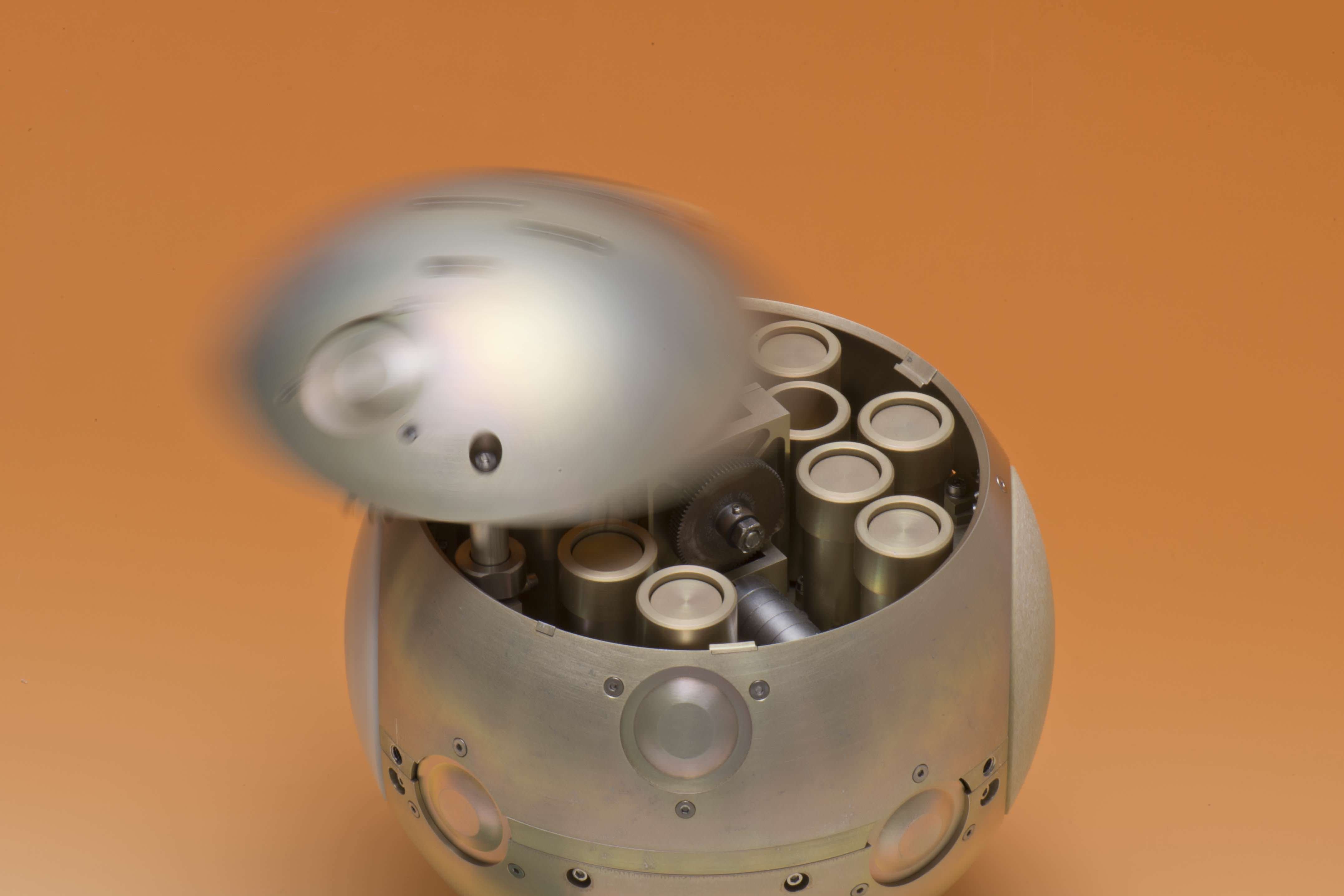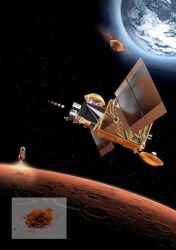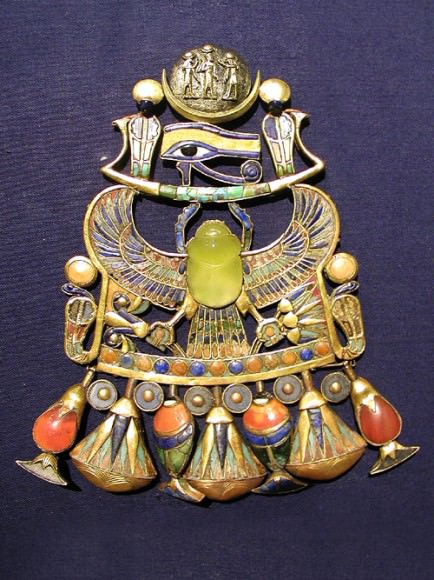We keep saying dark matter is so very hard to find. Astronomers say they can see its effects — such as gravitational lensing, or an amazing bendy feat of light that takes place when a massive galaxy brings forward light from other galaxies behind it. But defining what the heck that matter is, is proving elusive. And considering it makes up most of the universe’s matter, it would be great to know what dark matter looks like.
A new experiment — billed as the most sensitive dark matter detector in the world — spent three months searching for evidence of weakly interacting massive particles (WIMPs), which may be the basis of dark matter. So far, nothing, but researchers emphasized they have only just started work.
“Now that we understand the instrument and its backgrounds, we will continue to take data, testing for more and more elusive candidates for dark matter,” stated physicist Dan McKinsey of Yale University, who is one of the collaborators on the Large Underground Xenon (LUX) detector.
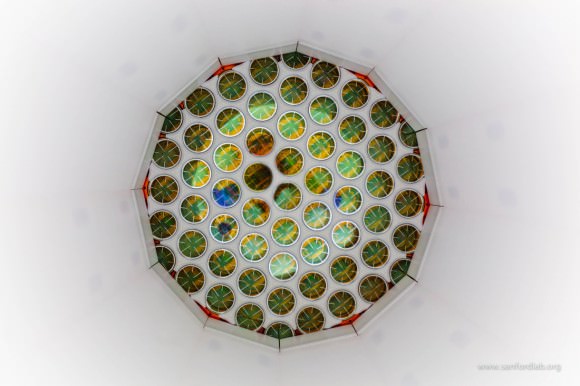
LUX operates a mile (1.6 kilometers) beneath the Earth in the state-owned Sanford Underground Research Facility, which is located in South Dakota. The underground location is perfect for this kind of work because there is little interference from cosmic ray particles.
“At the heart of the experiment is a six-foot-tall titanium tank filled with almost a third of a ton of liquid xenon, cooled to minus 150 degrees Fahrenheit. If a WIMP strikes a xenon atom it recoils from other xenon atoms and emits photons (light) and electrons. The electrons are drawn upward by an electrical field and interact with a thin layer of xenon gas at the top of the tank, releasing more photons,” stated the Lawrence Berkeley National Laboratory, which leads operations at Sanford.
“Light detectors in the top and bottom of the tank are each capable of detecting a single photon, so the locations of the two photon signals – one at the collision point, the other at the top of the tank – can be pinpointed to within a few millimeters. The energy of the interaction can be precisely measured from the brightness of the signals.”
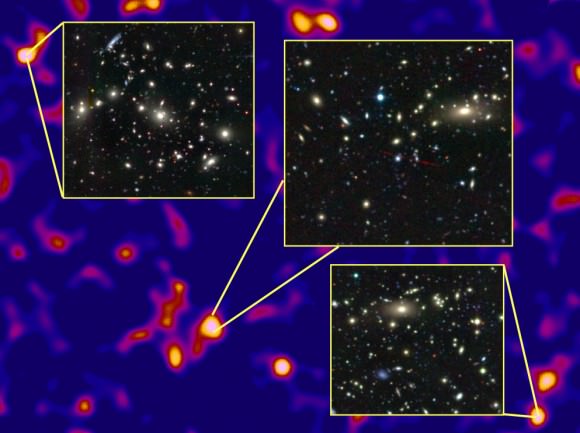
LUX’s sensitivity for low-mass WIMPs is more than 20 times better than other detectors. That said, the detector was unable to confirm possible hints of WIMPs found in other experiments.
“Three candidate low-mass WIMP events recently reported in ultra-cold silicon detectors would have produced more than 1,600 events in LUX’s much larger detector, or one every 80 minutes in the recent run,” the laboratory added.
Don’t touch that dial yet, however. LUX plans to do more searching in the next two years. Also, the Sanford Lab is proposing an even more sensitive LUX-ZEPLIN experiment that would be 1,000 times more sensitive than LUX. No word yet on when LUX-ZEPLIN will get off the ground, however.



